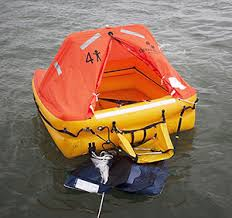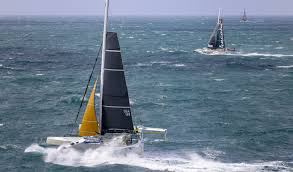
On land, you can check the safety of your boat
The saying goes that good fortune is a result of solid preparation. All sailors rely on this to be true. This winter, renew and repair your boat’s emergency kit while it is still in its crib. If you need a Day Skipper Course, consider www.solentboattraining.co.uk/rya-sailing-courses/rya-day-skipper-practical-sailing
Storm sails
Storm sails are a good idea if you plan to venture far from the coast next season. The mainsail and jib are usually used to spar the sails in wind speeds above 45 knots. They also reduce the power. Search for brightly coloured fabrics with heavy-duty reinforcement, including in the stitching, the luffs, and the leach. Also, look for load points around the cringle. Some sheets are already joined.
Guard cable
A protective wire is usually made from stainless steel. This hole will wear down over time where it passes through stanchions. It could become stuck or fail. Often coated with PVC, replace your wire when it is worn out.
Emergency lifeboat
If you are planning to do serious travelling, a life raft will be a wise investment. Choose a life raft that is the right size for your crew and strong enough to handle your roaming needs. Choose a boat that is ISO 9650 type 1, with food packages, and equipment that can last for more than 24 hours.
It is pointless to have one on board if you don’t manage it properly. It should be serviced every three years. This includes checking inflation, replacing inventory and repackaging.
AIS
AIS is a great safety feature for your vessel, just like many other electronic devices. It can warn you about possible collisions by looking at the nearest approach point to your boat. Modern multifunctional displays can display AIS directly or you can purchase AIS units that have a special screen.
